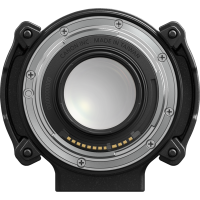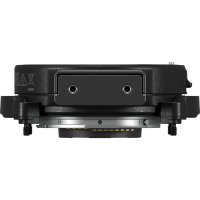Hi all,
I'm hoping someone can explain this to me.
on the new C70, it takes RF lenses naturally.
For using EF glass it takes and adapter, but it is also a focal reducer/speed booster.
Why does EF glass require a focal reducer on this camera but the RF glass does not?
Does this mean that the EF glass has a larger image circle than RF glass?
If this is the case, how is this working on say, the R5? My understanding was that the EF - > RF adapter for the EOS stills cameras was not a focal reducer.
If this is the case, how does the RF lens work on FF camera along side of the EF lenses without a focal reducer there?
Clear as mud?
Thanks in advance,
cayenne
I'm hoping someone can explain this to me.
on the new C70, it takes RF lenses naturally.
For using EF glass it takes and adapter, but it is also a focal reducer/speed booster.
Why does EF glass require a focal reducer on this camera but the RF glass does not?
Does this mean that the EF glass has a larger image circle than RF glass?
If this is the case, how is this working on say, the R5? My understanding was that the EF - > RF adapter for the EOS stills cameras was not a focal reducer.
If this is the case, how does the RF lens work on FF camera along side of the EF lenses without a focal reducer there?
Clear as mud?
Thanks in advance,
cayenne


